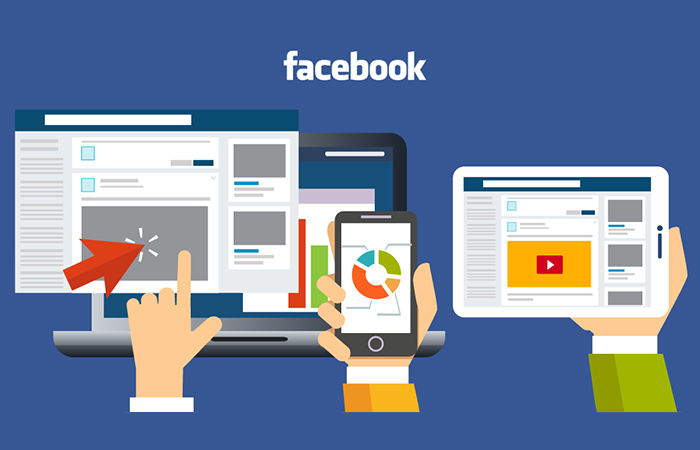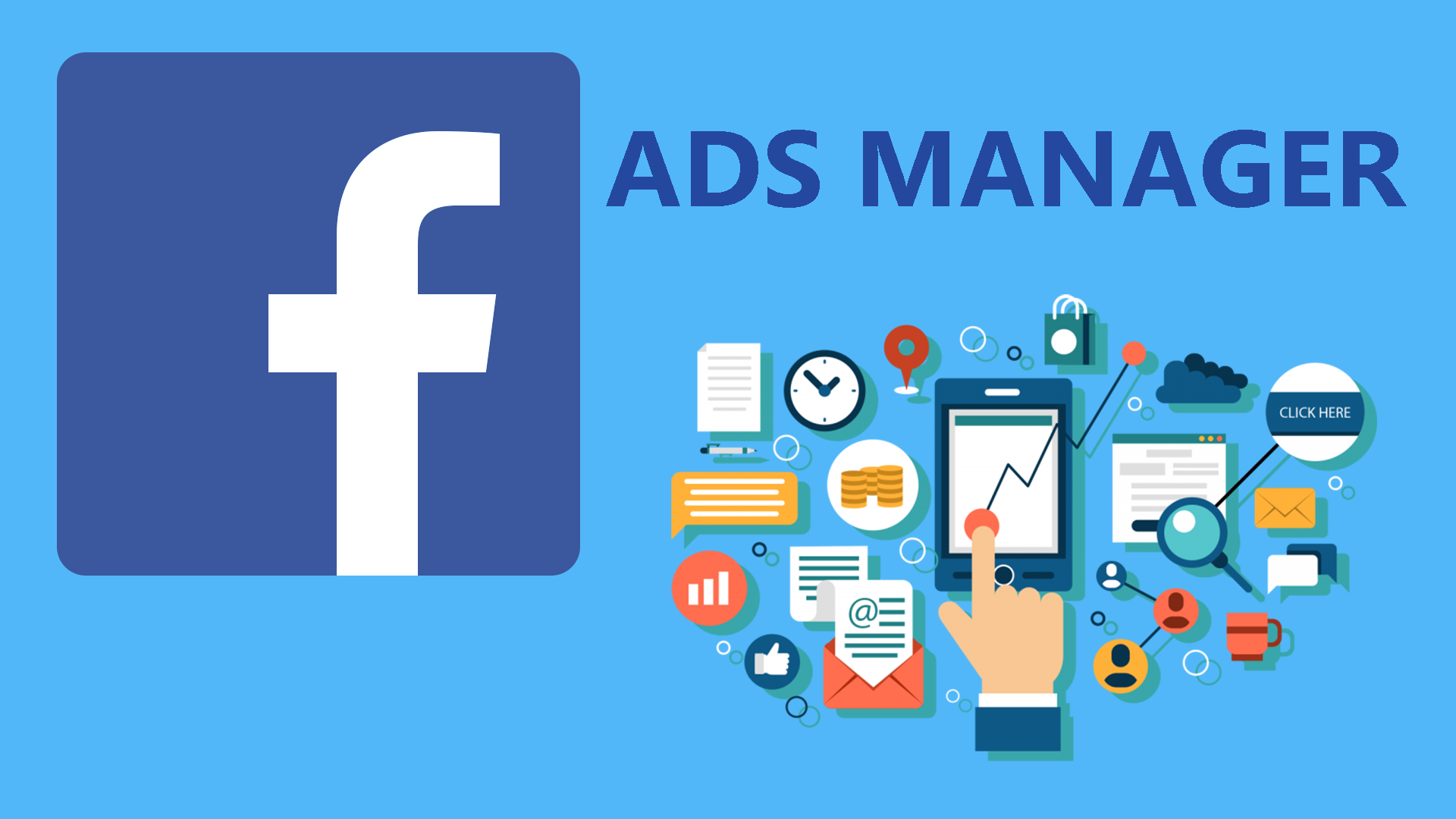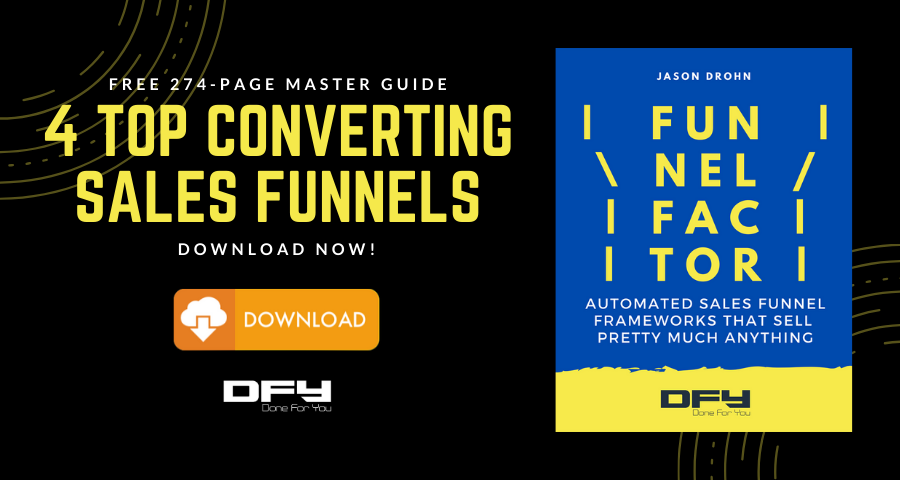This is marketing automation week and at the end of the day, everything we’ve been talking about is how to automate your marketing. We are going to talk about Facebook advertising or Facebook ad. In most cases, this marketing automation involves CRMs. It involves email and email automation. Outbound email, outbound SMS. Somebody comes in, something triggers, something happens, and then all of a sudden, they get an email. Or they get a notification is sent, or whatever.
What we’re going to talk about today is what I like to call two-stage remarketing. Basically, on a Facebook ad, we can segment down. When somebody hits a website, or somebody watches a video or whatever, including these live videos, what we can do is we can start a timer. That timer counts down until they move to the next phase of retargeting. If somebody visits your website today, then you’re going to show them one ad. But then if they do not reengage with that ad, with that website, you’re going to show them a different ad in six days.

It’s ninja stuff, and part of the reason we started doing this, and part of the reason why we started kind of thinking out of the box when it came to this kind of setup was really that so many of our clients have multiple offers. They might have a report, like a book offer, so they’ll sell a $27 book, and we want to remark it though. Everybody who comes to their website gets axed, can seize the ad for their book.
But then they also have an automated webinar, so how do you advertise two different offers to the same group? The same group being the people who are already engaged with your brand. I mean, it’s not hard when you have 20, 30, 50, a hundred thousand people inside of a retargeting audience. But when you have a very small number, let’s say 5,000 or 2,000 or 1,000 when you’re just kind of getting started, then this multiple-stage retargeting is important.
It kind of adopts some of that same methodology of when you’re like an exclusion. When somebody buys your thing, you want to exclude them from seeing future advertising. If somebody comes in, they hit your website and then they register for your webinar. Well, you don’t want them to then continue seeing the webinar registration ad. You want them to move to the next evolution of advertising, which is going to be promoting the offer that they were pitched on the webinar. Really, important to identify and address the ways people are engaging with your ads, your website, and all that stuff, and playing it all out through remarketing.
What I’m going to do, I’ve tried describing this to clients in a bunch of different ways, and it’s always kind of fell short, or at least it seems like it falls short. What we’re going to do is we’re going to draw it out inside of just Google drawing. Then, I’m going to show you how to set it up. We’re going to flip over to the share screen.
For those of you who don’t know who I am, because every day we’re meeting new people from these live streams. For those of you who don’t know who I am, my name is Jason Drohn, creator of doneforyou.com. We specialize in three things, creating offers, building sales funnels, and setting up marketing automation. That’s really where our skills and disciplines live.
Two Primary Things To Track for Retargeting
What we’re going to do is, we’re going to just go to go through and just draw out what this multistage. This two-stage remark retargeting is.
- visits your website
- watching more than 15minutes video
I mean, there’s more, if they like a page, if they add something to a cart, if they, whatever. But those are the kind of the two primary things that we’re going to be tracking. What we do is we’re just going to move. We’re going to bump these down a little bit. Then up above, we’re going to, just going to add a little text box, and this is going to be five days out. This is it’s going to be less than five days.
2-Stage Retargeting Set-up
We’re going to say more than five days. This is going to be a multistage, two-stage retargeting setup.
1. What we’re going to do is, everybody who comes in, we’re going to use this shape. If they watch, if they visit the website or watch more than 15 seconds, they see the lead magnet, or we’re going to say book offer.
2. If they watch for more than 15 seconds or visit the website, and it’s been more than five days, we’re going to show a webinar registration.
Now, we’re going to draw a couple of arrows. We’re going to do lines pink, and then there.
Audiences for your Retargeting
What this gives us, is it gives us two audiences. We have our primary retargeting audience.
1. If all you’re doing is retargeting, then basically you’re just kind of lumping all of these people into the same audience. The same audience is everybody who’s been on my website or everybody who’s watched more than 15 seconds of a video in the last 180 days. Last six months.
2. Your warm audience is going to be everybody who watches a video or has been to the website in the last 30 days. This is going to end up being six to 30 days. After 30 days, they’ve kind of forgotten about you, so it’s probably not worth reaching back out to them. Their time has passed. They’ve probably already moved on. If they didn’t choose you, they chose someone else. The problem was that dire and they needed a solution, or they were just tire kickers.
Again, if they’re still around after 30 days, then you’re engaging with them through email and whatever, but it’s not. It doesn’t make sense to kind of go back after them or spend significant dollars, ad dollars going back out after them from a retargeting standpoint. It’s just simpler just to cut everybody after 30 days. If they come back awesome, and if they don’t awesome, but still that gives you 30 days of branding. They see your Facebook ad all over the place, which is awesome.
Now, what we do is split. This is our primary retargeted audience, website watched more than 15 seconds. Now we’re just going to do a segment of who has done those things in the last five days.
- If you’ve been to a website, or if you have watched a video in the last 5 days
- If you’ve been to a website, or if you have watched a video in the last six to 30 days
When we separate the groups, we’re able to put a different Facebook ad up, so we can show we’re just going to do this. We have our Facebook ad for the book offer, and we have our ads for the webinar registration. They’re not the same. They’re not advertising to the same person. What’s happening is, is you’re getting the best of both worlds. They are seeing an offer switch up, live, in front of them. They see your book offer for five days. And then they see, after six and on, you see your webinar registration offer. They don’t know that it changed. All they know is that it changed. They don’t know what triggered the change. It might just be that you took the book offer off. But in this way, you can daisy chain different offers to a retargeted audience, so you can go far out.
A caveat on this 2-stage retargeting set-up…
When you do this, you always want this offer to be the most pressing, because if they are day 60, or if they are six plus. Let’s say they’re day seven. They’re seeing your webinar registration. They go to the webinar registration, but they don’t opt-in. This method, what it does is it bounces them back to the book offer because they were active on your website in less than five days.
What you want to do, is you want to make sure that this is always your prevalent offer. This is the main focus, the primary offer in your marketing funnel is this first offer. Then, this offer is in terms of priority is less. Obviously, like last week we talked you can only have one priority, but in terms of priority, from a marketing standpoint, this is of lesser priority, your second offer, than your first. It only makes sense, because people are the warmer they are, the more recently they watched a video, and the more recently they were on your website, it means the warmer they are. Your best offer should always be your first offer, your primary offer. Then, you can drip them to the next lesser priority offer.
You can continue down that path. They don’t opt-in for that, they’re going to bounce back to the book, and then they’re just going to go right back through the same sequence, which isn’t a bad thing, but it doesn’t need to be your priority.

Facebook Ads Manager
The magic of this is all done inside of your Facebook ad manager. Inside the ad manager, we’re going to go to our audiences. If you open up your business tools, you’re going to go to audiences. Now in audiences, you see that I have two different groups here. I have video views, 15 seconds for five days. Now, if you look at the drawing here, in less than five days, we’re going to be promoting a book offer. Right here, video views, anybody who has watched more than 15 seconds of a video view, and these are the videos that we have so far, there are 13, 14, 17 total videos in here.
In the past five days, and then we give them an audience name. Now, we’re going to have, that is going to be a special ad inside of the ad segment itself. The ad’s set, we’re going to specifically target that audience, the five, the 15 seconds, five days audience, and then also the website traffic five days audience now. Now, and then, that’s the only people we’re going to target. If they’ve been to the website and watched a video in the last 15 seconds, then they are going to see that first ad.
Now, if you look down here a little bit, we have another. We have website visitors, 30 days. And then, we have video views, 15 seconds. These are our two groups of folks who are plus six days. If we look back at our little sequence, here we go. If we look back here, those two audiences are our website traffic that is plus six days. And our 15 seconds of video that is plus six days.
Now, once you have those audiences set up, and like I said, when you have small audiences, it makes all the difference in the world. But if we go into, we’re going to go back here, and then I’m going to show you how this is all set up. We’re going to go into the book offer. All right. Okay, here we go. Five to 30 days, we got a webinar registration. Zero to five days, we got ebook traffic. Check this out.
If we open up the ad set, we’re going to go in here and look at how this is set up. We have a warm, zero to five days, ebook sales, traffic. And this is a dynamic creative audience for both males and females. Now, if you scroll down, you see that the website traffic, the only custom audiences that we’re marketing to, we have website traffic five days, and video views, 15 seconds, five days. Those are the only two segments that this ad is going to. And then, everything else is pretty well open. Age 25 to 54, because that’s the market, both genders, and then, we have the United States. Demographics, this is all retargeted. If they’ve been to the website or watched more than 15 seconds of a video in the last five days, then they see the ebook offer.
Now, where it gets tricky. Not even tricky, but just the one little hack. The one little hack is here. If we open up this warm on this warm, not five days, we have warm five to 30 days, webinar registration, and this is a conversion campaign. This is a not five days, creative, dynamic, creative ad. What we’re doing is, we’re including website visitors who are more than six days. Six days. We’re including all website visitors. If you’ve been to the website in the last 180 days, or if you’ve been to the website in the last 30 days, or if you have watched 15 seconds or more of a Facebook video, then you see these Facebook ads. But we’re excluding. Excluding. This is the big gotcha. We’re excluding website traffic five days, and video views, 15 seconds, five days.
We’re taking everybody who’s been to the website, and then we’re cutting off the five-day people. Only six-plus days are seeing this webinar ad. It ends up working out, really, really nice. It’s dropped the conversion cost because when you retarget two offers, two different Facebook ad to the same group of people, then the ads compete with each other. Because of Facebook ad, the algorithm is always trying to figure out how to make the most money using the parameters that you set for the people in your audience.
If you have two different ad campaigns that are going to the same audience, it’s going to default to the one that makes it more money.
In this case, we were doing a conversion campaign and a clicks campaign. It was defaulting to the clicks campaign, which meant that we needed to split up the audiences, and to do that, to split up those audiences from just a very easy way of doing it was to then drop days in.
Five days, or six-plus days, we can always do it again. We could do, if you’ve been to the websites, in the last 10 days, then you see the webinar. Or, if you’ve been plus 11, then maybe you see a different offer. Maybe you see a coaching call or something. There are lots of other, really, really creative ways that we can get into doing this staged Facebook ad retargeting.
I just really wanted to go through all of this stuff, talk through it in a better way, I think. One of the reasons I do these videos is so I can kind of point down the road. Say, “Yeah, this video explains it better than I just did.” And I’m kind of hoping that this video did it. I’ve tried explaining this to probably four or five clients in the last four or five months, and we’ve been doing it a long time, and every single time, it’s like, well, I kind of get it, but I don’t. This, I think, is a little bit better way to describe it.
For Questions and Guide
For those of you who have any questions about this, or you would like to go through, put together some Facebook ad, put together an action plan for your ads, for your funnel, for your marketing automation, just go ahead and go to doneforyou.com/start, and fill out the little application. It’s going to direct you to a calendar that you can set up a call with my team and me, and if you have any questions at all, just drop them in the comments below this. I always take a look at them, so I’m keeping track as we go. Tomorrow, we’re going to finish up marketing automation week.
This was kind of a big little big hack. That didn’t quite email, wasn’t quite a text. But this will get you results, especially if you have small budgets and small audiences.

